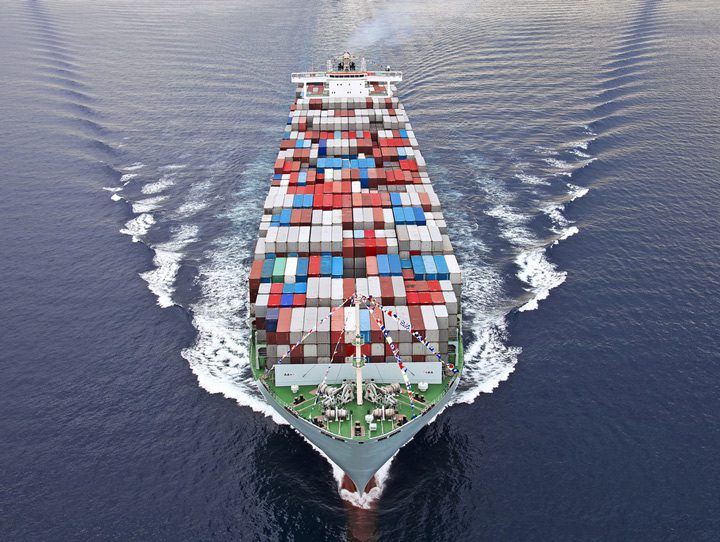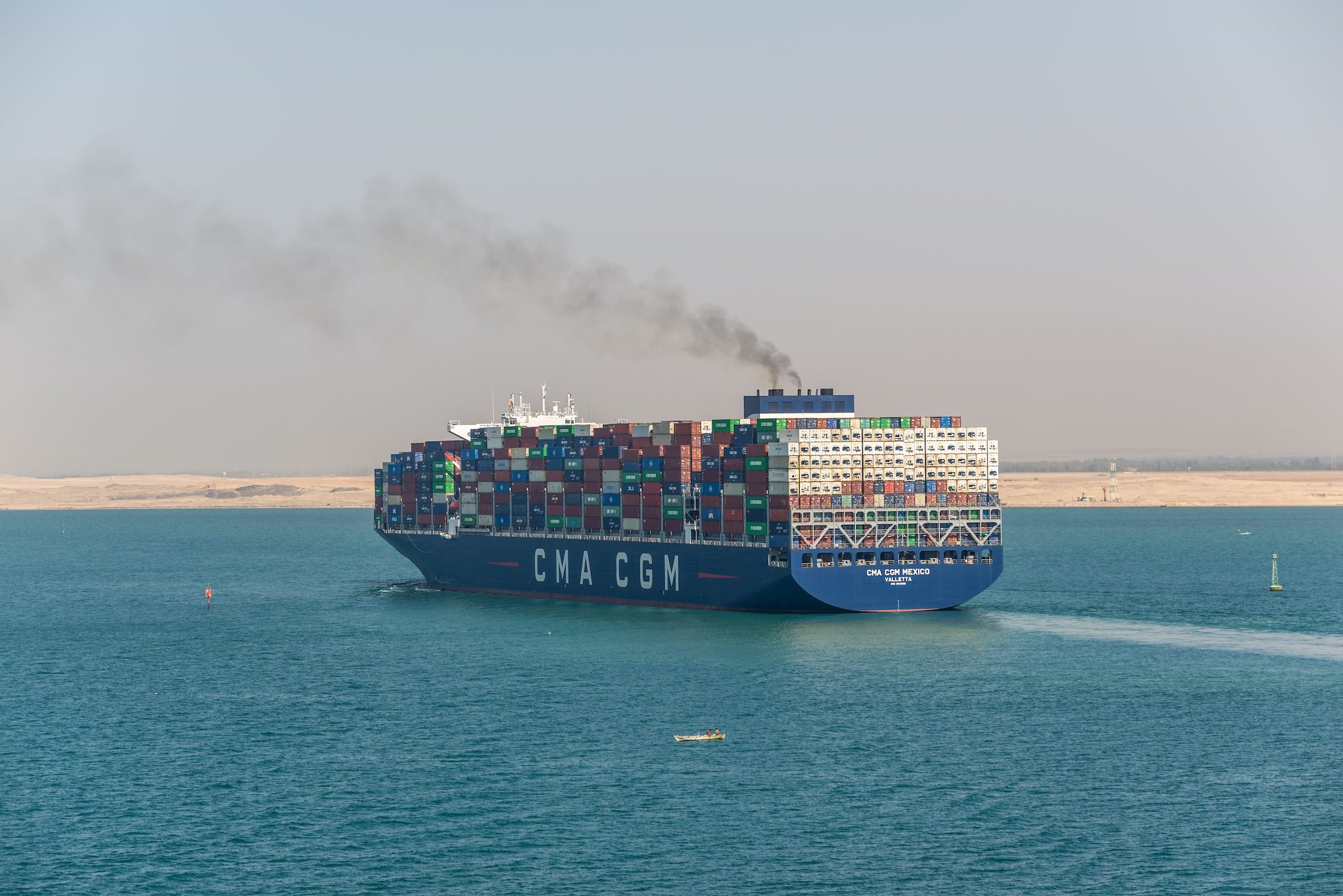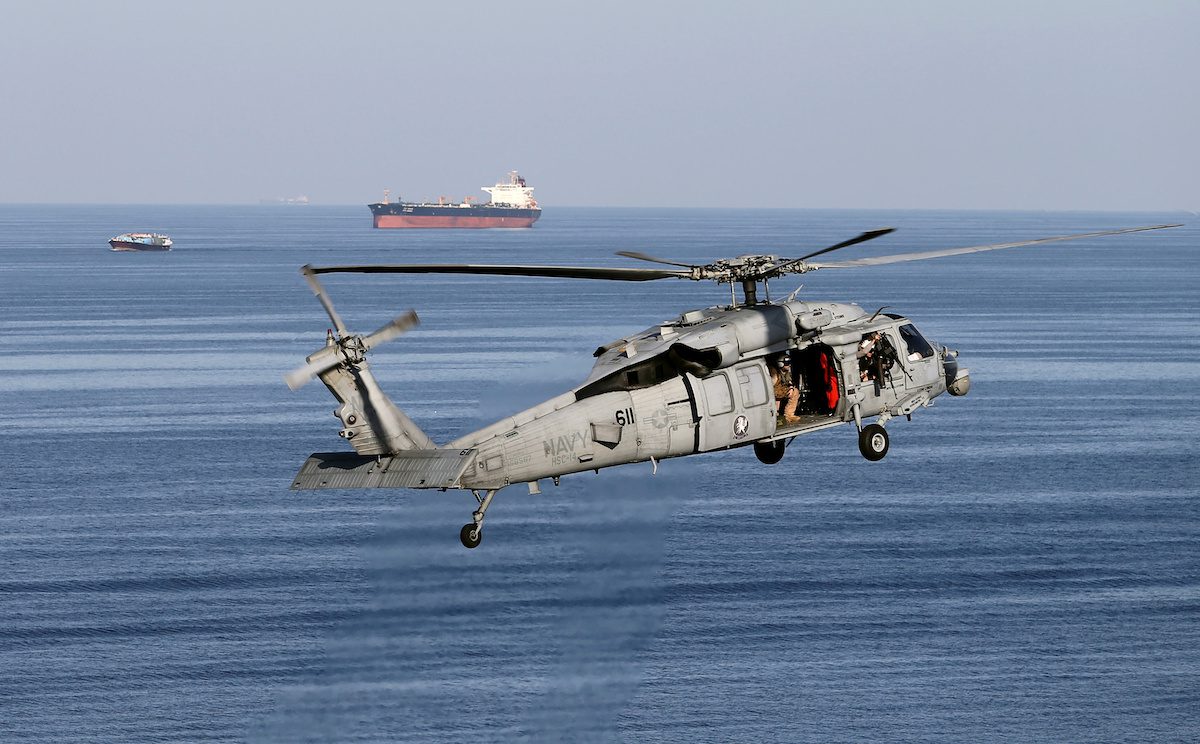 By Sarah McFarlane and Jonathan Saul
By Sarah McFarlane and Jonathan Saul
LONDON, Feb 14 (Reuters) – Food importers in Asia are switching from dry bulk cargo ships to container vessels, which normally carry goods such as toys and TVs, as they offer a way to import smaller amounts and can be cheaper per tonne.
The global transport of agricultural commodities traditionally has taken place on carriers brimming with 60,000 to 70,000 tonnes of a single cargo such as corn or sugar.
But the market is changing as ships seek to fill empty containers after unloading consumer goods in Western countries and offer competitive rates for commodities going back to Asia, the world’s manufacturing hub.
At the same time, Asian import demand for animal feed grains is increasing as rising incomes trigger a move away from the traditional rice-based diet into more meat and dairy products, providing more opportunities for smaller importers.
China is expected to surpass the European Union as the world’s leading consumer of pork on a per capita basis by 2022, while its dairy product consumption is expected to rise by 38 percent, according to the U.N. Food and Agriculture Organization.
“As Southeast Asia develops economically, you have demand for better quality, high-protein diets, and ports don’t (necessarily) have the infrastructure for bulk vessel receiving,” said Brian Bickford, president of AgriLogistics, a U.S. company specialising in grain shipping.
“You’ve got a lot of small growing businesses in South East Asia that can afford 1,000 or 5,000 tonnes of an agricultural commodity but cannot participate in large trade. Containers represent an opportunity to those businesses,” Bickford added.
While buying in bulk can sometimes be economical, it also can put pressure on an importer’s working capital. A standard 20-foot shipping container holds only around 20 tonnes of grain.
“Credit lines haven’t really gone up the way food prices have increased,” said a Singapore-based trader, who sells South American corn and soymeal in Asia.
U.S. containerised grain exports to Asia have more than doubled since 2006 to reach 470,832 20-foot containers in the first 10 months of 2013, up 10 percent from the year before, according U.S. Department of Agriculture (USDA) data.
Analysts estimate that 12 to 15 percent of Australia’s grain exports are now shipped in containers to Asia.
“We know that the grain trade in containers is growing, especially in Australia because of the proximity to the far eastern markets,” said Yuri Makarov, a senior economist at the International Grains Council.
Asia is the top destination for grain container shipments, but brisk trade also takes place from Latin America to Europe and Europe to the Middle East.
Around 12 percent of global trade in agricultural goods such as oilseeds and grains, traditionally shipped in bulk, was shipped via container in 2012, data from shipping consultancy Seabury Group showed.
FLEXIBLE OPTION
Containers offer a more flexible option for smaller exporters as well as importers.
“Unless we are talking about the major agricultural trade houses, most farmers cannot fill one ship alone,” said Jan Tiedemann, a shipping analyst with consultancy Alphaliner.
“With containers it’s different. A farmer can theoretically sell 100 tonnes of grain on eBay and ship it to China.”
The cost of shipping sugar from Brazil to China in containers can vary from nearly zero to $20 per tonne, compared with up to $70 per tonne in bulk, Bas Van Goor, a sugar trader at agriculture trade house RCMA said.
“The advantage is clear for the shipper, who benefits from the flexibility of their commodity being moved in smaller shipment sizes allowing them to quickly reach many different locations,” said Vincent Clerc, chief trade and marketing officer with the world’s biggest container shipping firm, Maersk Line.
Future growth in food container trade to some extent depends on the global demand for Asian manufactured goods, which makes empty containers available in food exporting countries.
“We rely on the American consumer to do their part in keeping this a liquid business. It makes it more challenging to find a container for your shipment if the American consumer didn’t buy a Barbie doll or a Dell computer out of that container last week,” AgriLogistics’ Bickford said.
(c) 2014 Thomson Reuters, All Rights Reserved

 Join The Club
Join The Club











